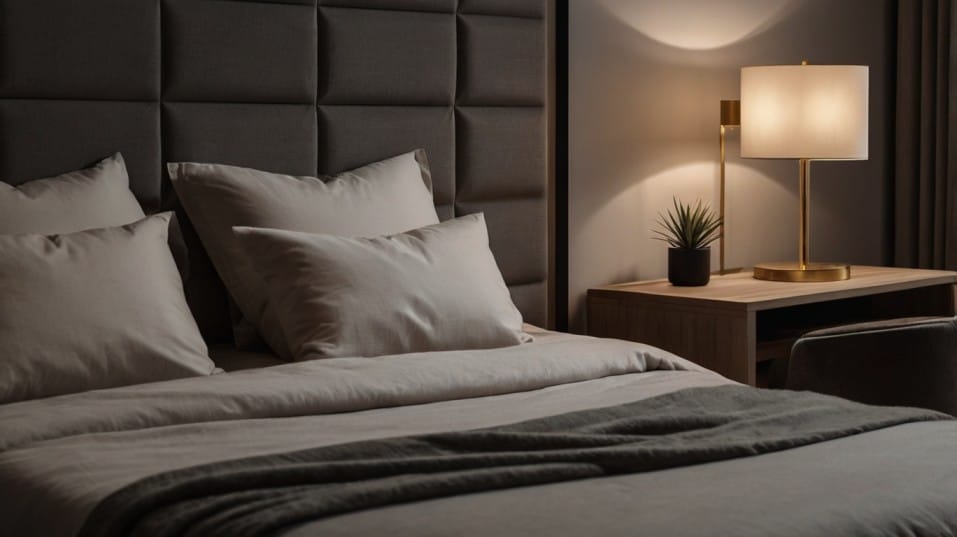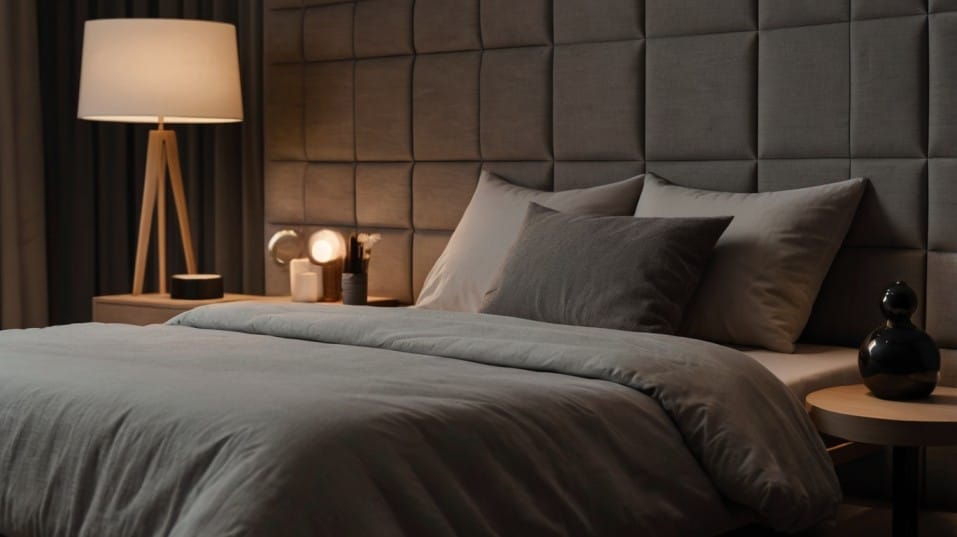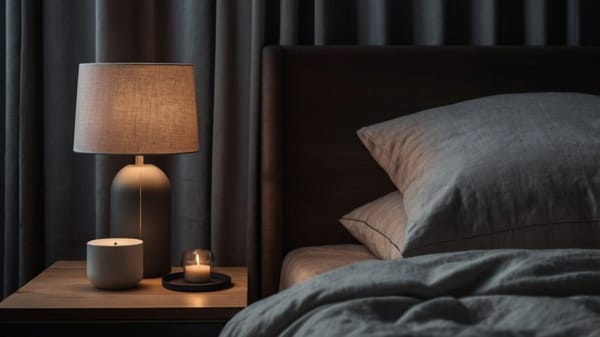A Look at the Newest Sleep-Tracking Rings
Discover how sleep-tracking rings deliver effortless insights that boost your energy, focus, and recovery—starting from your very next night.

What if one small, silent tool could upgrade how you sleep—without you lifting a finger? If you’re just starting to explore better sleep, you don’t need more guesswork. You need data that actually helps.
Sleep-tracking rings gather rich insights while you rest, giving you simple, actionable feedback each morning.
No screens, no clunky gadgets—just clean signals from your body that help you recover better, feel clearer, and build lasting sleep habits that stick.
The Rise of Sleep-Tracking Rings: Why They’re Dominating
Wrist trackers had their moment. But let’s face it—watches are bulky, bright, and built more for steps than for sleep. Rings are different.
They sit snugly on your finger, barely noticeable, but they’re loaded with clinical-grade sensors. In many ways, they're the future of sleep tech: minimal design, maximum insight.
Modern rings use photoplethysmography (PPG) sensors to detect pulse, skin temperature sensors to pick up subtle changes in your body heat, and accelerometers to measure movement.

Some models even track blood oxygen levels and nighttime breathing patterns—key for spotting disruptions you may never consciously notice. The end result? A full picture of how you’re sleeping, not just how long.
Unlike older wearables that offered vague summaries, today’s best sleep rings provide a deep dive into your sleep architecture—light, deep, REM—and give you personalized feedback based on physiological signals like heart rate variability (HRV), respiratory rate, and recovery load. This is biofeedback you can actually use.
What the Data Means—And How to Use It
Here’s where sleep rings pull ahead: they don’t just give you stats. They give you clarity. When you see a low recovery score or a restless night on your dashboard, you also get clues why.
Maybe your resting heart rate stayed high after a late-night meal. Maybe you dropped into deep sleep fast but missed your REM cycles. That’s not just interesting—it’s actionable.
Turning Data Into Better Sleep
And action is where real progress begins. You start seeing how consistent bedtimes stabilize your HRV. You learn that cutting off screens an hour earlier leads to deeper, more restorative sleep.
You experiment with colder room temps or blackout curtains and watch your recovery scores rise. The ring becomes a feedback loop. One where you’re in control.
Most rings also track your sleep trends over time—helping you understand what’s “normal” for your body and flagging early signs of poor recovery, elevated stress, or circadian misalignment.
It’s like having a low-maintenance coach quietly guiding your nighttime game plan.
Daily Life, Upgraded
Better sleep isn’t just about avoiding burnout. It sharpens everything else. When your ring shows you’ve hit optimal deep sleep, you’ll notice it.
Your workouts feel cleaner. Your focus lasts longer. You stop dragging through meetings or reaching for that third coffee at 2 p.m.
You start stacking good nights—stringing together a rhythm of high-quality sleep that makes you more resilient in every area.
And unlike sleep meds or short-term hacks, this improvement sticks. Because it’s rooted in your behavior, powered by real data, and reinforced by results you can feel.
Finding the Right Ring for You
All sleep rings aren’t built the same, but the top ones share a few essentials: multi-day battery life, high accuracy, and strong software. Still, choosing the right one depends on your lifestyle.
What to Look For
Some rings prioritize long-term health insights, while others focus on daily readiness, athletic recovery, or habit coaching.
If you’re just getting started, look for one with a clean app interface that simplifies the data rather than overwhelming you with it.
Comfort matters too. If the ring feels bulky or awkward, you won’t wear it consistently. Choose one that fits your hand size and style.
Bonus points if it’s waterproof—so it can stay on through workouts, showers, and sleep without interruption.
And yes, expect to invest. A good sleep ring will run you a few hundred dollars, but it's a one-time purchase that pays dividends every day. Think of it as a long-term upgrade for your energy, clarity, and resilience.
Integrating Sleep Insights Into Your Routine
Wearing the ring is step one. Learning from it is where the real shift happens.
Start by syncing every morning and glancing at your sleep score. Don’t overanalyze—just note the trends. Did a later bedtime cut into your deep sleep?
Did alcohol wreck your REM? Did an early workout boost your readiness the next day? Let those patterns guide your choices.
Making the Feedback Work for You
Adjust your evening routine based on what works. That might mean winding down earlier, dimming lights an hour before bed, or avoiding late meals.
The ring gives you a window into how those behaviors play out across your recovery, mood, and performance.
Over time, your baseline improves. You don’t just sleep more—you sleep smarter. More efficiently. And your ring keeps you dialed in.
Final Thoughts
Sleep rings aren’t about tracking for the sake of tracking. They’re about closing the gap between what you think your sleep is doing and what it’s actually doing.
They take the guesswork out of recovery, focus, and energy—so you can move through your day sharper, stronger, and more clear-headed.
So here’s the move: pick a ring, wear it tonight, and let the data start teaching you what your body’s been trying to say. The better nights are right there—waiting. You just need the right tool to unlock them. Start now. You’ll feel the difference fast.




